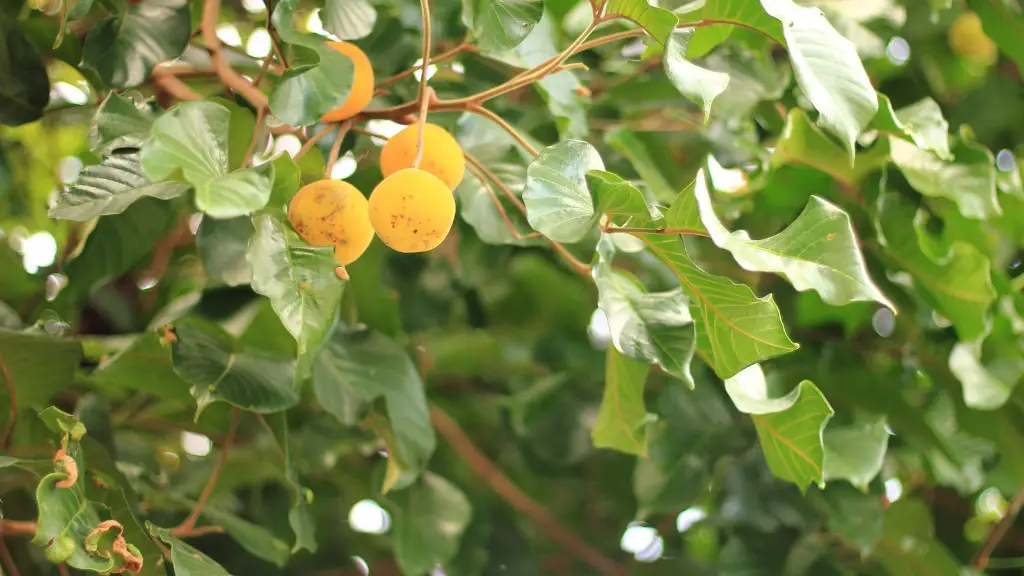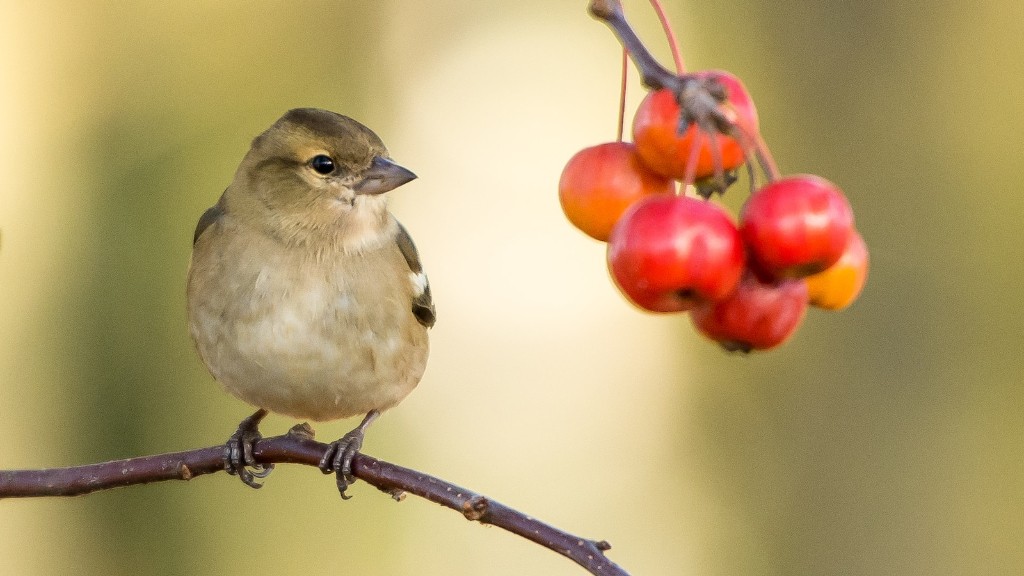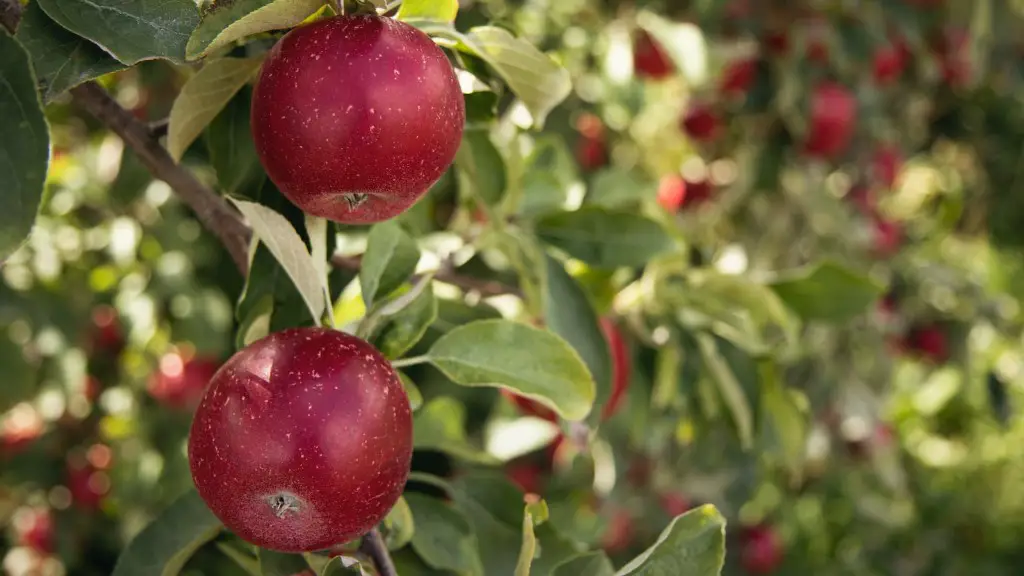Can Canadians grow a lemon tree? The answer is yes! With the right knowledge and care, it is possible to successfully cultivate a lemon tree in a pot in Canada.
Indoors and outdoors, cultivation of lemon trees in temperate climates such as Canada are possible with the right conditions and preparation. Temperature is a key factor; lemon trees are sensitive to cold temperatures, and will not survive in temperatures below freezing.
For those who live in an area with cold winters, it’s important to move the tree indoors when temperatures dip below 10 degrees Celsius. If a lemon tree isn’t hardy enough to survive the Canadian winter, it can be kept in a pot and brought indoors during cold weather.
Indoor cultivation requires specific instruction and preparation. Before attempting to grow a lemon tree indoors, it’s important to research and understand the requirements, such as providing the right amount of light and humidity, as well as periodic pruning and fertilizing.
The right citrus variety must also be selected for successful indoor cultivation. For northern climates, Variegated Pink-fleshed Eureka lemons, Lisbon lemons and Fino lemons are all suitable options, as they don’t require as warm temperatures as lemon varieties from warmer climates.
Finally, be prepared for regular maintenance. This includes fertilizing every two months, pruning in summer and placing near windows with plenty of light. With the proper care and direction, it is possible to grow a lemon tree in a pot in Canada.
Growing A Lemon Tree Outdoors In Canada
Growing a lemon tree outdoors in Canada is also possible with a great deal of care and preparation. Citrus trees grow best in soils with high organic matter and well-draining, slightly acidic loam, so it’s necessary to test your soil and understand your microclimate before planting a lemon tree outdoors.
The right citrus variety is also important. Meyer lemons and Ponderosa lemons both have greater cold tolerance and can survive winter temperatures as low as -15 degrees Celsius. It’s also important to select a tree of the right size. In northern climates with heavy snowfall, smaller trees are best, since the crown and branches of larger trees can be damaged by the weight of snow and ice.
Once you’ve chosen the right tree variety, it’s important to provide a protected area for the tree. A location near a building can provide some protection from snow and cold winds, that can otherwise severely damage the tree.
Finally, when planting in Canada’s temperate climate, it’s important to mulch trees with winter mulch such as straw, rubber mats or burlap in late fall to protect the tree’s roots from cold temperatures. With proper preparation and care, it is possible to grow a healthy lemon tree outdoors in Canada.
Potting & Transplanting Lemon Trees In Canada
If you’re looking to pot or transplant a lemon tree in Canada, it’s important to select the right pot size and soil. A pot that is 12-15 inches in diameter is generally suitable, although a bigger pot will be required as the tree grows.
In terms of soil, loam-based potting soils that are well-draining and formulated for acidic plants are the best choice. Adding roughly 20% organic matter such as aged compost to the soil can also help maintain acidity, since lemon trees thrive in slightly acidic soils.
Choosing the right location is also important; lemon trees prefer bright, natural light so an ideal location would be one which receives eight or more hours of direct sunlight per day. Also ensure that the pot is large enough to accommodate the lemon tree’s roots when transplanting.
When transplanting, it is important to remove all existing soil from the tree’s roots and then replant the tree with fresh soil containing organic matter. Once the tree is in the new pot, make sure to water it thoroughly and monitor for signs of adequate hydration.
Placement of the pot is essential for successful transplanting. Citrus trees do not tolerate cold weather so it’s important to place the pot in a sheltered area away from strong wind and snow. With the right preparation, it’s possible to transplant and pot a lemon tree in Canada.
Pruning & Fertilizing Lemon Trees In Canada
Pruning and fertilizing lemon trees in Canada is an important part of successful lemon tree cultivation. Regular trimming helps to promote growth, prevent disease and control size, while fertilizing helps to ensure the tree can access the nutrients it needs to survive.
When pruning, the main aim is to remove dead or dying branches, encourage fruit growth and promote a healthy form. Fruits should be picked when they are yellow, as this indicates that they are ripe. Citrus trees should also be pruned late spring or early summer and done no later than early August, since fruit growth slows as the days become shorter.
In terms of fertilizing, in general, citrus trees need to be fertilized four times per year with a fertilizer such as ammonium sulfate. Fertilizing the lemon tree should begin when new growth appears in late winter, and then again in late spring, early summer and late summer.
When fertilizing, it is important to follow instructions on the fertilizer label and to water the fertilizer into the soil. It is possible to over fertilize citrus trees, so it’s important to provide the right amount. If too much fertilizer is provided, tree leaves can burn and the tree might struggle to take up water.
By pruning and fertilizing correctly in Canada, it is possible to nurture successful lemon tree cultivation in a temperate climate.
Maintaining Humidity & Taking Precautionary Measures With Lemon Trees In Canada
When cultivating lemon trees in Canada, it’s important to maintain appropriate humidity, as citrus trees can suffer if humidity is too low.Humidity around 50-55% is most suitable, and it is important to monitor this using an indoor hygrometer.
If the room or container is too dry, it is possible to increase the humidity by supplying water to the area in a bowl, by misting the leaves if necessary, or by providing a humidifier nearby.
Finally, there is the potential of pests, disease or fungus attacking the lemon tree. It is important to take precautionary measures and observe the tree regularly to identify and take care of any possible issues.
Symptoms of fungus can include dead leaves, yellow spots and veins on the leaves, and premature leaf dropping. If any of these symptoms appear, it’s important to act quickly and address the issue, as fungus can spread and seriously damage the tree.
It’s also important to pay attention to any signs of pests such as aphids, mites and whiteflies, and act promptly if any infestation is found. Treating the tree with an insecticidal soap or horticultural oil is an effective way to get rid of pests, while also not harming the tree or the environment.
By monitoring humidity, taking early action against fungal diseases and pests, and acting quickly if any infestation or disease is discovered, it is possible to cultivate a healthy lemon tree in Canada.





